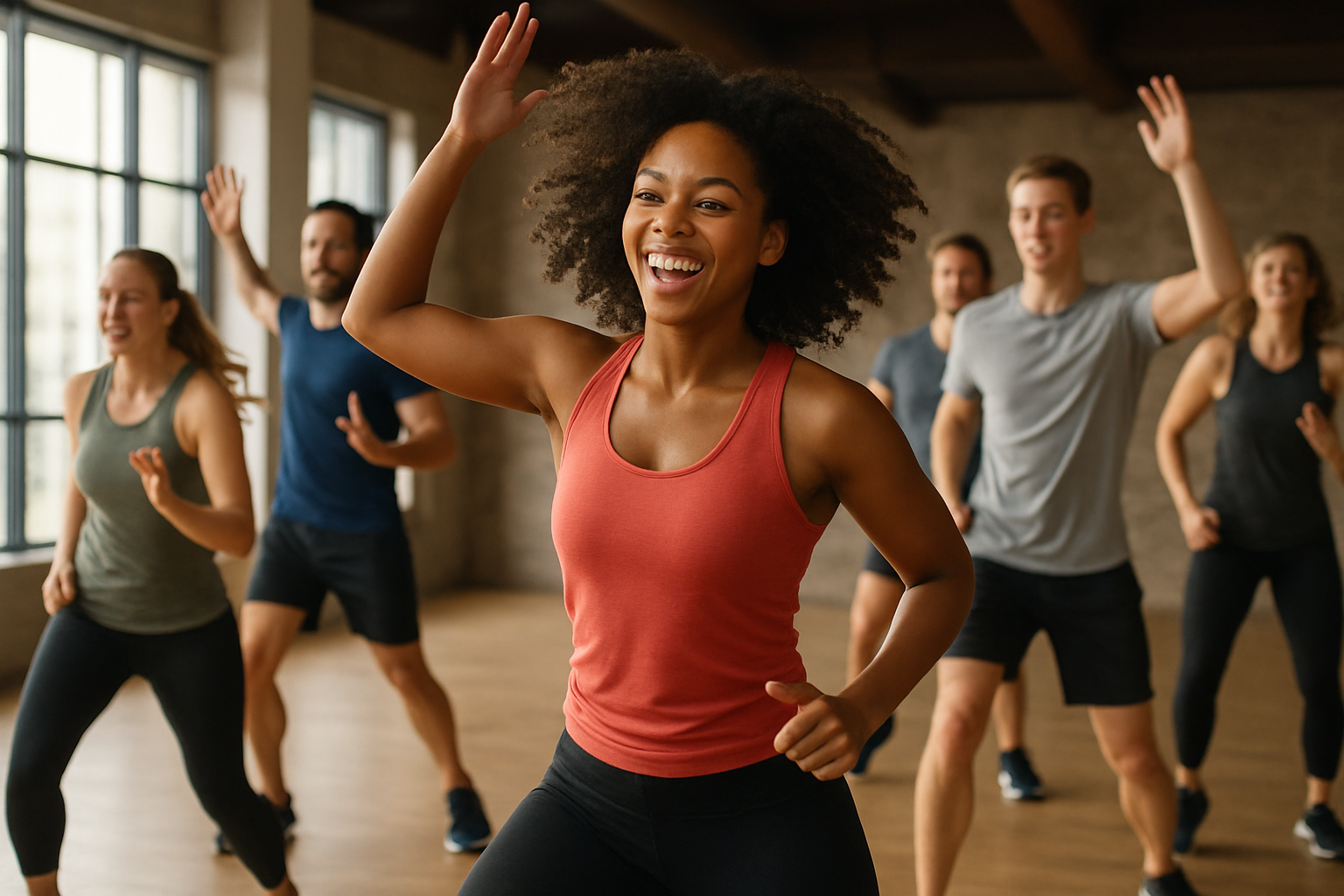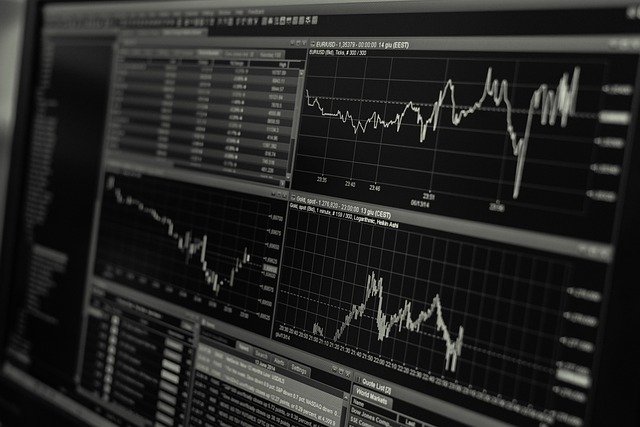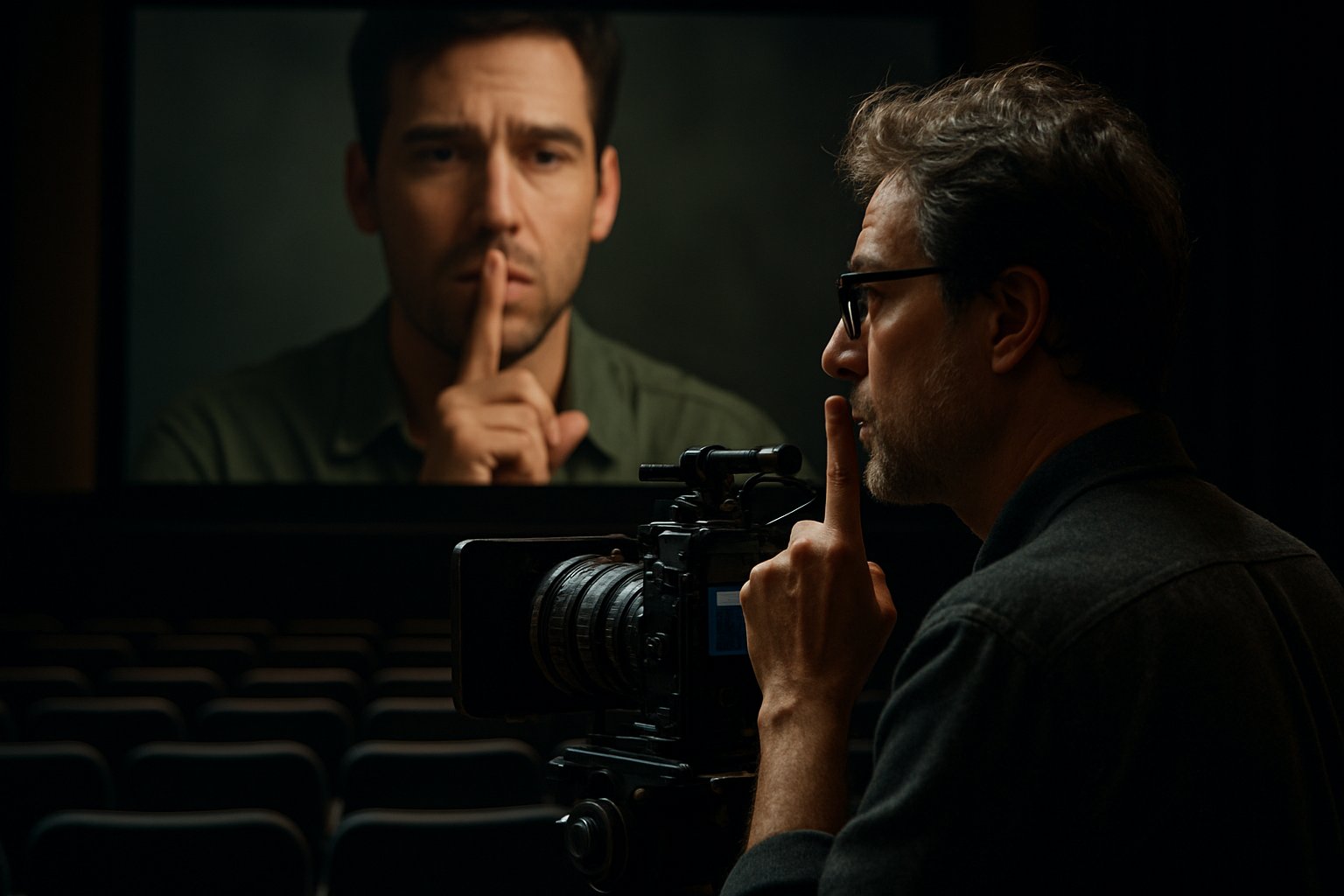Reimagining Fitness: The Emergence of Dance Cardio
With a world that's constantly evolving, the sectors of beauty and fitness are no exception. One of the more recent developments in the fitness world is the rise of dance cardio, a form of exercise that combines the joy of dancing with the benefits of a cardio workout. It offers a fun and effective way to stay in shape, and its influence on the industry is becoming increasingly apparent.

A Brief History of Dance Cardio
The concept of dance as exercise isn’t new. Dance has been a form of cultural expression for millennia, used in everything from religious ceremonies to social gatherings. The idea to merge dance with fitness, however, didn’t take hold until the late 20th century. The 1970s saw the rise of Jazzercise, an aerobic exercise program that mixed jazz dance, resistance training, and yoga. Jazzercise was the brainchild of Judi Sheppard Missett, who recognized that many people were interested in dance but intimidated by traditional classes.
Over the years, dance fitness programs began to diversify. The 1990s brought the advent of Zumba, a high-energy dance workout inspired by Latin music and dance styles. In the 2000s, dance cardio classes started popping up in fitness studios around the world, offering a range of styles from hip hop to Bollywood.
Current Trends in Dance Cardio
In recent years, dance cardio has become a mainstream fitness trend. It’s a workout that caters to a variety of age groups, fitness levels, and musical preferences.
Dance cardio classes are now a staple in both boutique fitness studios and large gym chains. There’s also been a surge in online dance cardio workouts, making it easier than ever for people to get a high-energy workout from the comfort of their own homes.
Experts suggest that the popularity of dance cardio can be attributed to its unique combination of benefits. Not only does it provide a great cardio workout, but it also helps improve coordination, agility, and balance. Plus, the fun and social nature of dance cardio classes can make them feel less like a chore and more like a leisure activity.
The Impact on the Fitness Industry
The rise of dance cardio has had a significant impact on the fitness industry. It’s helped to shift the perception of exercise from a tedious task to an enjoyable activity. This is a major shift, as one of the main reasons people give up on fitness routines is boredom.
Moreover, dance cardio has played a part in broadening the demographic of gym-goers. Dance cardio classes tend to attract a more diverse range of participants compared to weightlifting or HIIT classes, for instance. This has prompted gyms and fitness studios to offer a wider variety of classes to cater to different interests and fitness levels.
Why Dance Cardio is Here to Stay
While fitness trends come and go, dance cardio shows signs of longevity. Its appeal lies in its ability to cater to a wide range of fitness levels and interests. Whether you’re a seasoned gym-goer looking to switch up your routine or a fitness newbie in search of a fun way to get moving, dance cardio has something to offer.
Moreover, dance cardio aligns with the growing trend towards workouts that prioritize enjoyment and mental health benefits alongside physical fitness. As more people recognize the importance of maintaining a positive relationship with exercise, dance cardio’s blend of fun and fitness makes it a compelling choice.
In conclusion, dance cardio is a powerful force in the fitness world. Its evolution over the years and its ongoing influence on the industry are testaments to its effectiveness and appeal. As we look towards the future of fitness, dance cardio is likely to remain a key player, continuing to shape the way we approach exercise and wellness.





